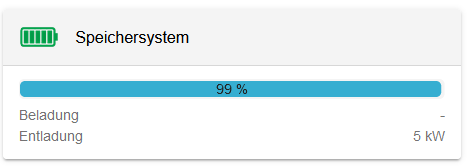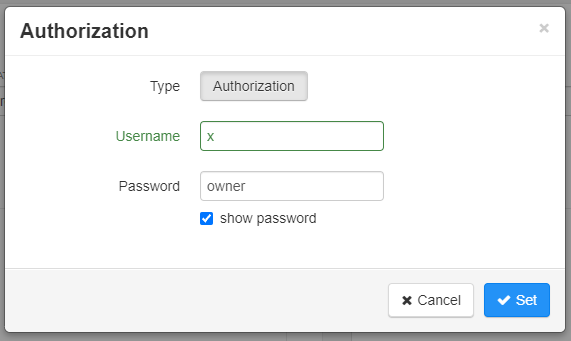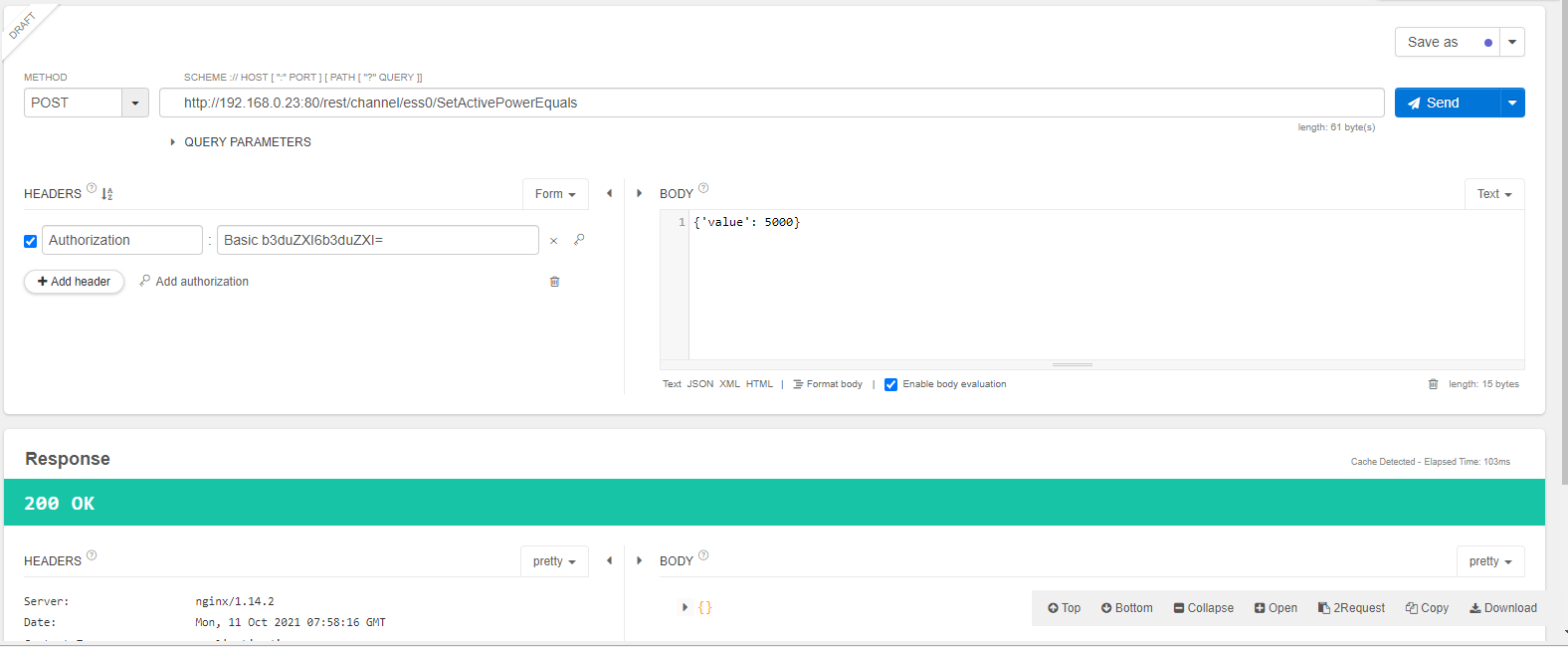FEMS App REST/JSON Write Access
1. Introduction
Dear customer,
Thank you for choosing the "FEMS App REST/JSON Write Access". You are welcome to send us your suggestions so that we can further improve the quality of our products.
2. Installing the app
When you ordered the "FEMS App REST/JSON Write Access", you received a 16-digit license key. You can use this license key to redeem the app independently in the FEMS App Center.
Find instructions on how to proceed here.
3. FEMS App REST/JSON Write Access
These instructions describe write access to an FENECON electrical energy storage system using the REST/JSON API. The functionality of the interface is then explained.
3.1. Prerequisites
The device accessing the electrical energy storage system (e.g. notebook/PC) must have direct access to the IP address of the FEMS — e.g. be connected to the same physical network.
3.2. REST/JSON basics
The REST/JSON interface enables access to the FEMS in the local network via an interface based on REST .
3.3. Write access
This app provides an interface based on REST that can be used to describe data points in the system.
| This app is not included in the standard scope of delivery of the FEMS. However, it can be retrofitted at any time. Please contact us if you would like a retrofit. |
| It is not possible to use write access through a guest login. Instead, a separate customer login is required. The password "owner" must be used for this. As with read access, the user name is up to your preference. |
All write accesses must be sent as POST requests.
3.3.1. Timeout
This app has a configurable timeout. By default, this is configured to 60 seconds. It ensures that a default value remains active for 60 seconds. As soon as a new default value is written, the new value is used. If no new default value is written within 60 seconds, the controller reverts to the lower-priority controller — e. g. specification of a "0" power or self-consumption optimization.
3.3.2. /channel endpoint
The endpoint /channel enables access to individual data points, so-called "channels", in the system.
The full address of the endpoint is:
http://x:<PASSWORD>@<IP>:80/rest/channel/<COMPONENT>/<CHANNEL>
3.3.3. Data points
The following data points of the component _ess0 can be described:
Data point |
Description |
Unit |
|
Default charging or discharging power |
Watt [W] |
|
Set reactive power specification |
VoltAmpere Reactive [var] |
|
Set maximum discharge power |
Watt [W] |
|
Set maximum reactive power |
VoltAmpere Reactive [var] |
|
Set maximum charging power |
Watt [W] |
|
Set minimum reactive power |
VoltAmpere Reactive [var] |
| The registers for reactive power specifications cannot currently be used for home systems. |
| You can find more information on the 'SetActivePowerEquals' channel and other channels for power setting at Glossary. |
3.3.4. Example 1 — Active power specification: Python
-
g. to specify a discharge power of 5 kW for the first electrical energy storage system (or electrical energy storage cluster), send a
POSTrequest to the addresshttp://192.168.0.23:80/rest/channel/ess0/SetActivePowerEqualswith the power specification in JSON format.
{
"value": 5000
}| Positive values correspond to battery discharging — Negative values correspond to battery charging. |
The requests library, which must be imported at the beginning, can be used for this:
import requests
url = 'http://192.168.0.23:80/rest/channel/ess0/SetActivePowerEquals'
user = 'x'
password = 'owner'
session = requests.Session()
session.auth = (user, password)
data = {"value": 5000}
response = session.post(url, json = data)
response.raise_for_status()The correct execution of the request can be checked via a subsequent GET request or via Online Monitoring (see below).

3.3.5. Example 2 — Active power specification: Talend API Tester
Talend API Tester is an extension for Google Chrome that allows to test REST APIs.
First, an Authorization header must be added:

The POST request can then be executed.

The correct execution of the request can be checked via a subsequent GET request or via Online Monitoring (see below).
